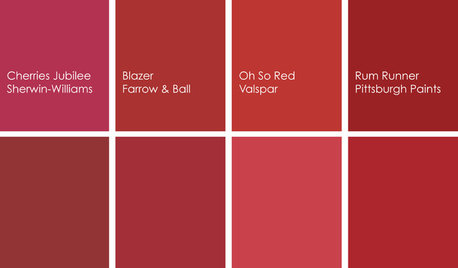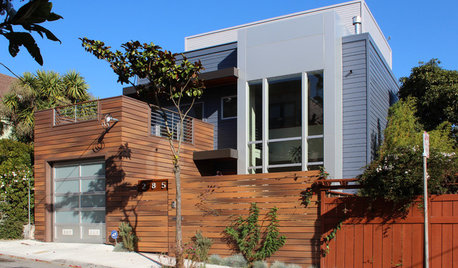For Those Using Urea 46-0-0
15 years ago
Related Stories

MOST POPULARHow to Get Rid of Those Pesky Summer Fruit Flies
Learn what fruit flies are, how to prevent them and how to get rid of them in your home
Full Story
MOST POPULARHow Bluetooth 4.0 Will Change Remote Control
Manage lights, TV, refrigerators and more through your phone or tablet when the latest wireless technology rolls into all your home devices
Full Story
GREEN BUILDINGHouzz Tour: See a Concrete House With a $0 Energy Bill
Passive House principles and universal design elements result in a home that’ll work efficiently for the long haul
Full Story
LIGHTINGYour Guide to Common Light Fixtures and How to Use Them
Get to know pot lights, track lights, pendants and more to help you create an organized, layered lighting plan
Full Story
COLORBathed in Color: When to Use Red in the Bath
Rev up your space and flatter all skin tones with bold, beautiful red on bathroom walls, floors and fixtures
Full Story
PAINTINGWhat to Know About Milk Paint and Chalk Paint — and How to Use Them
Learn the pros, cons, cost and more for these two easy-to-use paints that are great for giving furniture a vintage look
Full Story
INSIDE HOUZZUsing Houzz: Create a Home To-Do List
See how to use an ideabook to keep track of your home projects this year
Full Story
BLUEColor Guide: How to Use Navy Blue
Solid, steadfast navy blue can ground a room, but it still knows how to have a good time
Full Story
COLOR4 Cool Paint Colors Touted for 2014 — and How to Use Them
Muted but complex, these hues from Farrow & Ball can stand on their own or play supporting roles
Full Story
MATERIALSShould You Use Composite Timber in Your Landscape?
This low-maintenance alternative to wood is made from varying amounts of recycled plastic. Consider it for decks, fences and more
Full StoryMore Discussions









rcnaylor
billhill
Related Professionals
Wrentham Landscape Architects & Landscape Designers · Arnold Landscape Architects & Landscape Designers · Beachwood Landscape Architects & Landscape Designers · Ferndale Landscape Architects & Landscape Designers · Jennings Landscape Architects & Landscape Designers · Owings Mills Landscape Architects & Landscape Designers · Woodinville Landscape Architects & Landscape Designers · Tempe Landscape Contractors · Cockeysville Landscape Contractors · Fairview Landscape Contractors · Parkland Landscape Contractors · Ringwood Landscape Contractors · Seymour Landscape Contractors · West Chester Landscape Contractors · Brenham Swimming Pool Builderssoccer_dad
rcnaylor
buy_25
eriocaulon
lou_spicewood_tx
buy_25
rcnaylor
buy_25
skizotOriginal Author
denverdude
buy_25